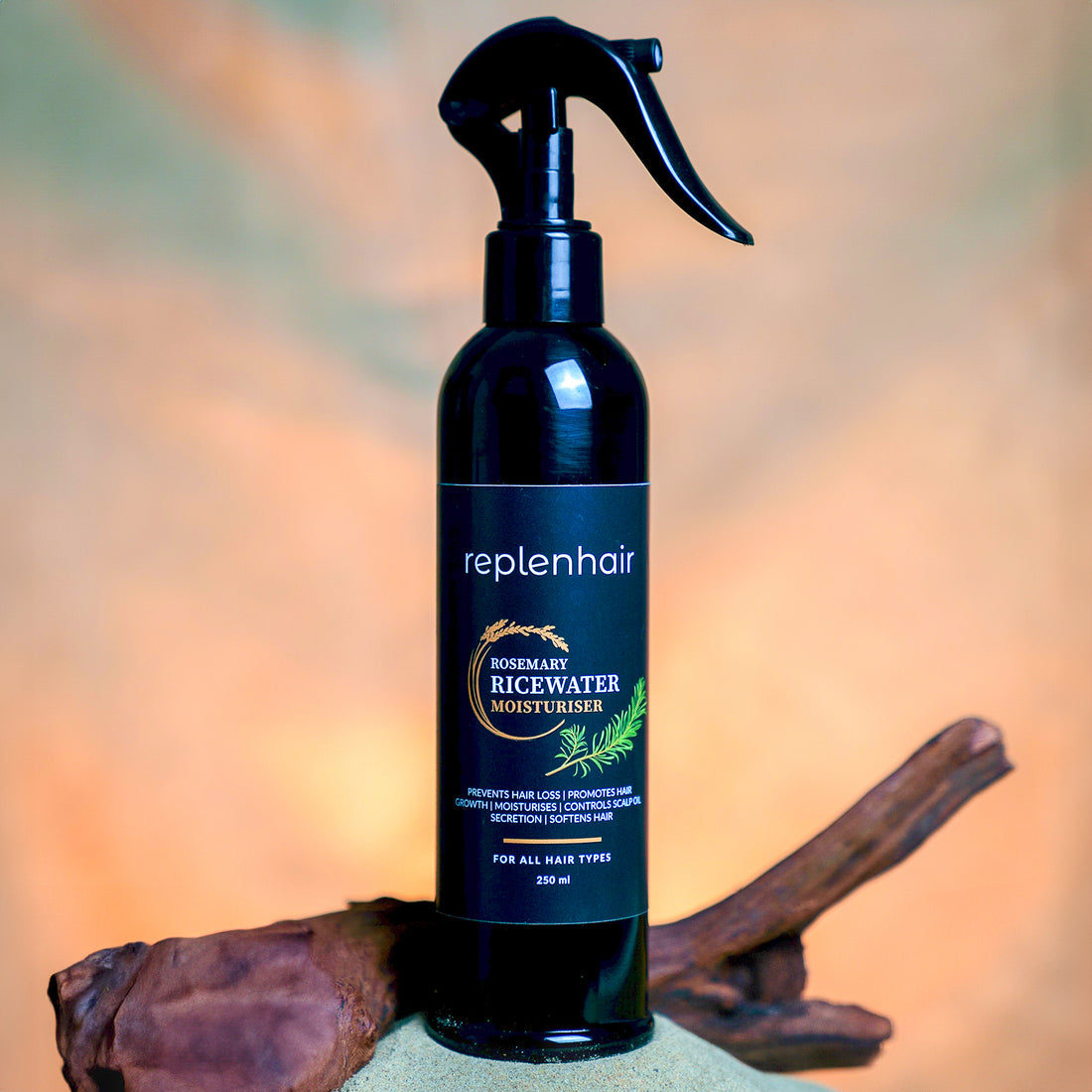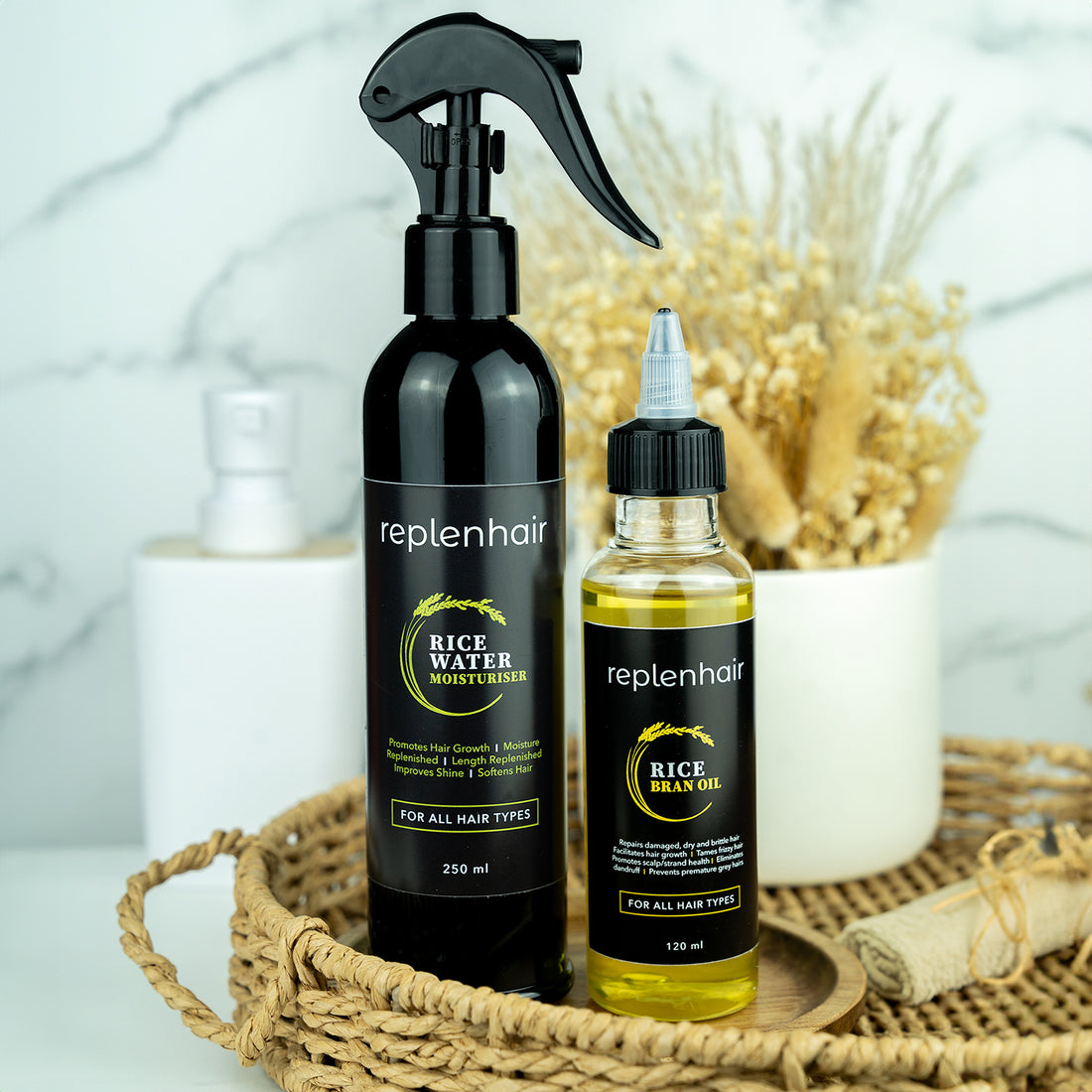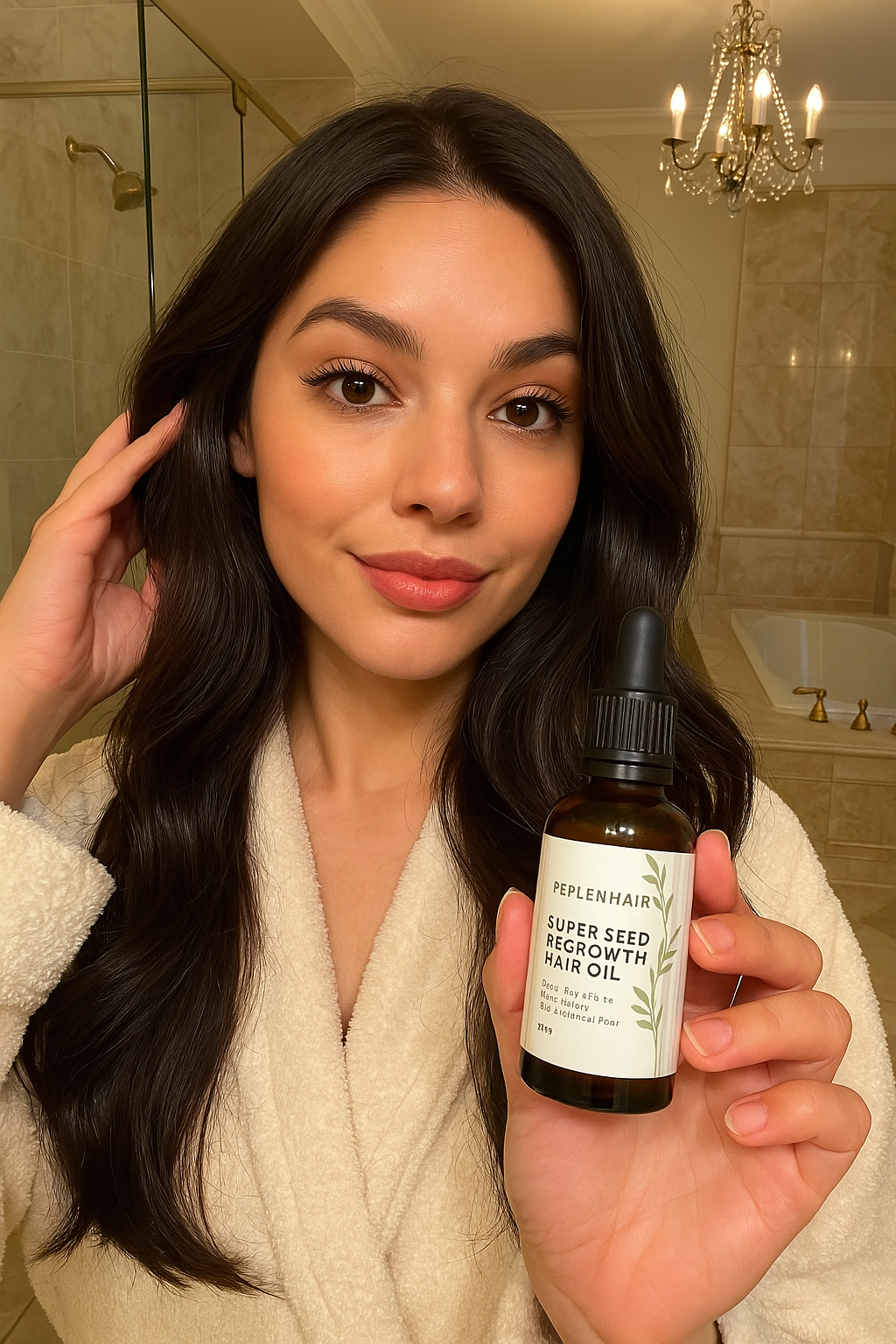Wondering how to take care of wavy hair?
You're not alone.
Wavy hair can be a beautiful asset, but it often comes with its own set of challenges. From frizz to undefined waves, managing this hair type requires a tailored approach.
But don't worry - with the right techniques and products, you can enhance your natural waves and keep your hair looking healthy and vibrant.
In this guide, we'll walk you through everything you need to know about wavy hair care. You'll learn how to identify your specific wave type, discover the best cleansing and conditioning methods, and explore effective styling techniques.
We'll also share tips on maintaining your waves between washes and recommend products that can help you achieve the best results. By the end, you'll have a comprehensive wavy hair routine that works for you.
Understanding Your Wavy Hair Type
To take care of wavy hair, you need to understand your specific hair type. Wavy hair falls between straight and curly, with a distinct 'S' shape. Let's dive into the different wave patterns and characteristics that make your hair unique.
2a, 2b, and 2c wave patterns
Type 2a hair has a slight wave, forming a subtle 'S' shape when dry. It's easy to straighten and needs help with volume at the roots.
Type 2b hair has a more defined 'S' shape. People will easily identify that you have curly hair. It can become frizzy but can be tamed with the right hydrating products.
Type 2c hair is the most defined, forming looser spirals. It's prone to frizz and benefits greatly from a good hydrating hair care routine.
Porosity and density
Porosity refers to your hair's ability to absorb and retain moisture. Low porosity hair has tightly closed cuticles, making it difficult for moisture to enter or exit. High porosity hair, on the other hand, easily absorbs moisture but struggles to retain it.
Density is how thin or thick your hair is. You can check your density by gathering your hair into a ponytail. If the circumference is less than two inches, you have low density. Between two to three inches indicates medium density, while four inches or more suggests high density.

Common wavy hair challenges
Wavy hair often faces issues like frizz, lack of definition, and dryness. To combat frizz, use lightweight, hydrating products. For better definition, apply styling products to wet hair and scrunch while drying. Avoid overwashing to prevent dryness, and consider using a silk pillowcase to reduce friction while you sleep.
Remember, understanding your wavy hair type is key to developing an effective care routine. Experiment with different products and techniques to find what works best for your unique waves.
Cleansing and Conditioning Techniques
To take care of wavy hair, you need to master the art of cleansing and conditioning. Let's explore some effective techniques to keep your waves looking their best.
Co-washing vs low-poo methods
Both techniques have their merits. Co-washing is great for frequent washes, especially if you exercise often. Low-poo methods offer a more traditional cleansing experience while still being gentle on your waves.
Squish to condish technique
The "squish to condish" method is a game-changer for wavy hair. Here's how to do it:
- Apply a generous amount of conditioner to your wet hair.
- Flip your head upside down and let water run through your hair.
- Cup water in your hands and squish it into your hair, along with the conditioner.
- Repeat this process until your hair feels hydrated and slippery.
This technique helps the conditioner penetrate deeper into your hair shaft, leaving your waves more defined and less frizzy.
Deep conditioning treatments
Deep conditioning is crucial for maintaining healthy wavy hair. It helps combat frizz, promotes growth, and repairs damage. Aim to deep condition once a week, or twice if your hair needs extra TLC.
Apply the deep conditioner to clean, damp hair. Leave it on for 20-30 minutes, then rinse with cool water. This simple step can make a world of difference in the health and appearance of your waves.
Remember, every wavy hair is unique. Experiment with these techniques to find what works best for your specific hair type and needs.
Styling Products and Methods
To take care of wavy hair, you need to master the art of styling. Let's explore some effective products and techniques to enhance your waves.
Lightweight gels and mousses
When it comes to styling wavy hair, lightweight gels and mousses are your best friends. These products help define your waves without weighing them down. Start with soaking wet hair and apply a generous amount of mousse, about "three golf balls" worth. Flip your hair from side to side as you distribute the product evenly.
Next, take a small amount of gel and emulsify it with water using a spray bottle. Smooth this mixture over your moussed-up hair. Remember to keep your hair soaking wet throughout the process to encourage clumping and prevent stringy curls.
Scrunching and plopping techniques
Scrunching is crucial for enhancing your waves. After applying your styling products, flip your hair over and scrunch upwards towards your scalp. This technique helps form and define your wave pattern.
Plopping is another game-changer for wavy hair. It's a heat-free method that reduces drying time and adds definition. After applying your products, wrap your hair in a microfibre towel or a large cotton t-shirt. This technique compacts your waves, resulting in smoother, more defined curls.
Diffusing vs air-drying
Both diffusing and air-drying have their merits. Diffusing can create more volume and definition, as it sets the gel cast quickly, reducing frizz. It's ideal if you're short on time or want to enhance your texture.
Air-drying, on the other hand, is gentler on your hair and can help retain your natural curl pattern. However, it may take longer and can sometimes lead to frizz if you're not careful.
Whichever method you choose, remember to use heat protection if diffusing and avoid touching your hair while it's drying to minimise frizz.
Maintaining Wavy Hair Between Washes
Refreshing techniques
To take care of wavy hair between washes, you can use water as the easiest refresh method. Simply spray or apply water to reactivate your styling products and re-clump frizzy sections. For low porosity hair, use more water and scrunch gently near a tap or basin.
On later days, combine water with a small amount of leave-in conditioner, curl cream, or gel to revive your waves. You can also create a DIY refresh mix using water and your favourite styling product.
Protecting waves while sleeping
To maintain your waves overnight, try the "pineapple" method. Gather your hair into a loose bun at the top of your head using a silk or satin scrunchie. This prevents flattening and helps retain volume.
Invest in a silk pillowcase or hair wrap to reduce friction and maintain moisture. These options are particularly beneficial for shorter hair styles.
Dealing with frizz and humidity
Frizz occurs when humidity levels are higher than the moisture in your hair. To combat this, use a good conditioner to replenish frizz-fighting lipids. Look for products with moisture regulators like pro-vitamin B5 and anti-frizz agents such as babassu oil.
For quick touch-ups, apply a small amount of hair oil to block humidity. In high humidity, consider wearing your hair up to protect it from absorbing excess moisture.
Remember, protecting your waves between washes helps maintain your style, saving time and reducing the need for frequent styling.
Conclusion
Taking care of wavy hair doesn't have to be a challenge. With the right techniques and products, you can enhance your natural waves and keep them looking healthy and vibrant. From understanding your hair type to mastering cleansing and styling methods, this guide has provided you with a solid foundation to create a personalised hair care routine.
Remember, everyone's hair is unique, so don't be afraid to experiment and find what works best for you.
Regular deep conditioning, protecting your waves while sleeping, and refreshing between washes can make a big difference in maintaining your beautiful waves.




